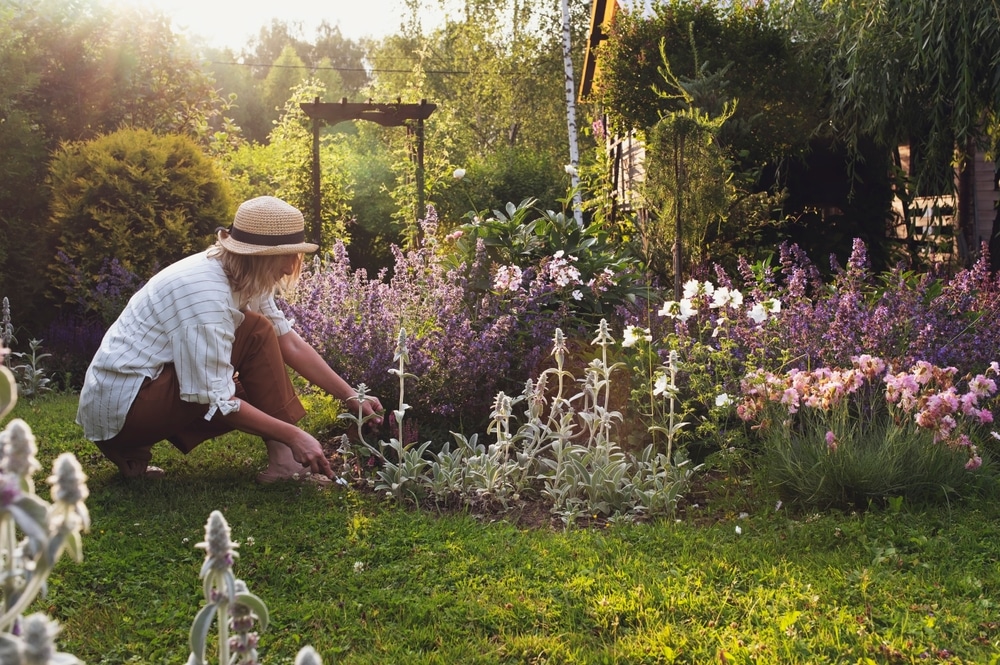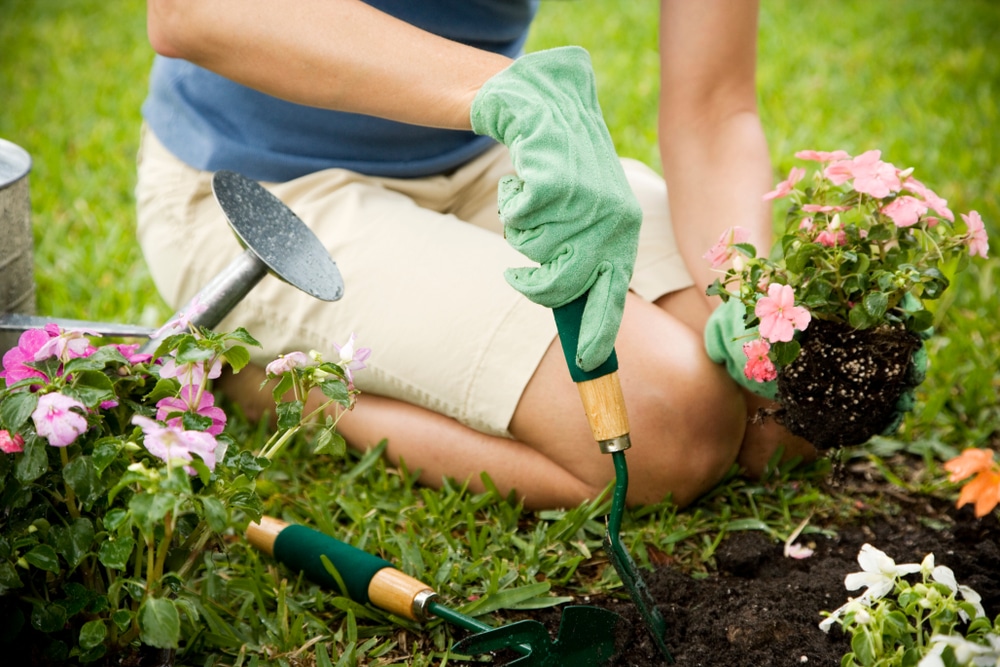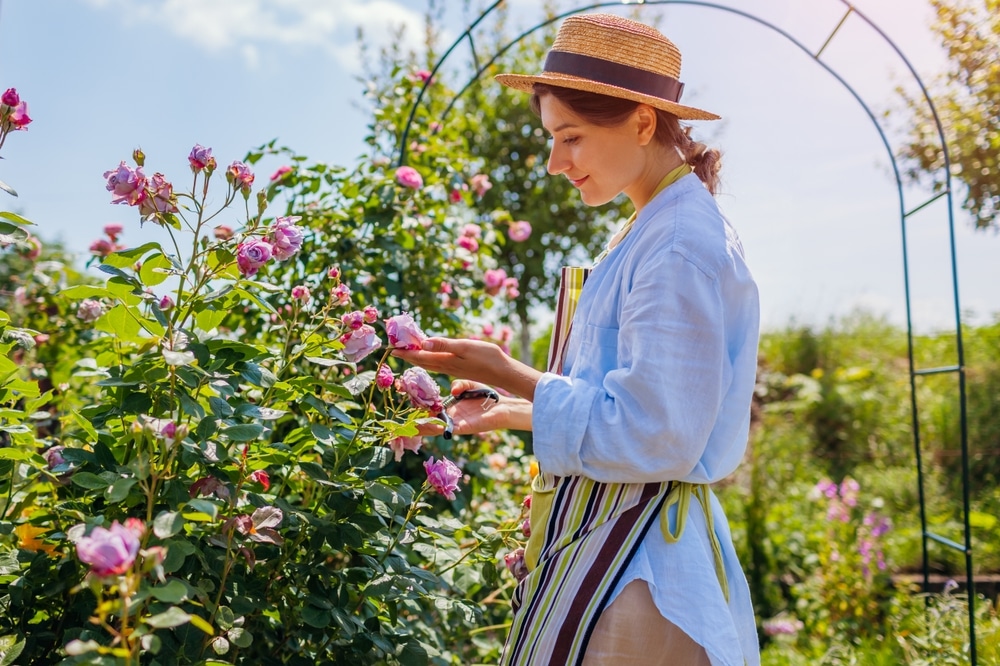Creating a garden that delights the senses goes beyond visual appeal; incorporating fragrant plants ensures an aromatic experience that evolves with each season. This approach, known as gardening by scent, transforms outdoor spaces into sensory havens, offering unique olfactory pleasures throughout the year. Whether you’re working with a large backyard or a small balcony, gardening by scent brings an extra layer of joy to your outdoor space—and it’s easier than you might think to get started.
Spring: Awakening the Senses
As winter recedes, spring introduces a symphony of scents that invigorate the garden. Hyacinths, with their dense flower spikes, emit a sweet fragrance that epitomizes the season’s freshness. Planting them near walkways or entrances ensures their aroma is easily appreciated. Similarly, lilacs produce clusters of tiny blooms that fill the air with a nostalgic scent, often reminiscent of traditional gardens. These shrubs not only provide fragrance but also attract pollinators, enhancing the garden’s vitality. Incorporating daphne shrubs adds an early-season scent; their pink or white flowers release a spicy-sweet aroma that can permeate the entire garden.
If you’re gardening by scent with spring in mind, consider grouping these plants where you spend the most time—like near your front door or a favorite seating area—so you can enjoy their fresh aroma daily.

Summer: A Fragrant Flourish
Summer’s warmth amplifies the intensity of floral fragrances. Roses, often dubbed the “queen of flowers,” offer a diverse range of scents from fruity to musky, depending on the variety. Positioning them in sunny spots ensures robust blooms and potent aromas. Lavender, with its silvery foliage and purple spikes, introduces a calming scent that’s both refreshing and relaxing. It’s ideal for borders or as a low hedge, providing continuous fragrance when brushed against. Gardenias, though requiring more attention, reward gardeners with creamy white flowers exuding an intoxicating scent, perfect for evening enjoyment.
Gardening by scent in the summer means choosing flowers that not only smell amazing during the day but also release even stronger scents at dusk—perfect for summer evenings in the garden.
Autumn: Subtle and Spicy Notes
As temperatures cool, certain plants step forward to offer their unique fragrances. Osmanthus fragrans, commonly known as sweet olive, produces small, inconspicuous flowers that emit a powerful apricot-like scent, making it a delightful surprise in the autumn garden. Caryopteris, or bluebeard, not only adds a pop of blue to the fall palette but also releases a spicy aroma that attracts late-season pollinators. Additionally, scented-leaf geraniums, though subtle in their floral display, offer aromatic foliage with hints of rose, lemon, or mint, depending on the cultivar.
Gardening by scent in autumn means embracing more earthy, spicy aromas that pair perfectly with the crisp air and changing leaves.
Winter: Fragrance Amidst Frost
Even in the coldest months, certain plants ensure the garden remains aromatic. Sarcococca confusa, or sweet box, blooms in mid-winter, releasing a sweet vanilla-like scent that contrasts with the barren landscape. Its glossy evergreen leaves add to its appeal as a structural plant. Chimonanthus praecox, known as wintersweet, lives up to its name by producing translucent yellow flowers with a spicy fragrance that can uplift the dreariest winter day. Planting Mahonia japonica introduces both visual interest with its yellow blooms and a lily-of-the-valley scent that blooms from late autumn to winter.
Gardening by scent during winter proves that even in the darkest months, your garden can still bring comfort, cheer, and sensory delight.

Designing for Year-Round Fragrance
To achieve a garden that offers continuous scent, strategic planning is essential—and gardening by scent thrives on variety and thoughtful placement.
- Layering Plants: Combine groundcovers, perennials, shrubs, and trees to create layers of fragrance at different heights. For instance, planting creeping thyme between stepping stones releases scent with each footfall, while taller shrubs like lilacs provide scents at nose level.
- Seasonal Succession: Select plants with overlapping bloom times to ensure there’s always something fragrant throughout the year. This succession planting guarantees that as one plant’s blooms fade, another begins its aromatic display.
- Microclimates: Utilize various garden microclimates to your advantage. South-facing walls can support warmth-loving fragrant plants, while shaded areas might be suitable for others.
- Sensory Pathways: Design pathways that guide visitors through fragrant zones, ensuring an immersive experience. Lining walkways with aromatic plants like lavender or rosemary allows the scent to be released as one brushes past.
Gardening by scent encourages you to think beyond flowers—fragrant foliage, bark, and even fruit can all play a role in creating a layered, multi-seasonal experience.

Cultural Practices to Enhance Fragrance
Beyond plant selection, certain gardening practices can amplify the aromatic experience and make gardening by scent even more enjoyable:
- Proper Pruning: Regular pruning encourages healthy growth and can enhance the production of fragrant flowers. For example, pruning roses after their blooming cycle promotes more prolific and fragrant blooms in the next season.
- Soil Health: Maintaining fertile, well-drained soil ensures plants have the nutrients they need to produce aromatic compounds. Incorporating organic matter like compost can improve soil structure and fertility.
- Watering Practices: While some fragrant plants thrive in dry conditions (like lavender), others require consistent moisture. Understanding each plant’s needs ensures optimal growth and scent production.
- Companion Planting: Some plants can enhance the growth and fragrance of others. For instance, planting basil near tomatoes not only benefits the tomatoes’ flavor but also adds a pleasant scent to the garden.
Successful gardening by scent is all about paying attention to plant health. Happy, healthy plants produce the strongest and most delightful aromas.
Considerations for the Dutch Climate
Given the Netherlands’ temperate maritime climate, with mild winters and cool summers, gardeners can capitalize on this to cultivate a variety of fragrant plants. Gardening by scent in this climate is not only doable—it’s an ideal way to make the most of your outdoor space.
- Moisture-Loving Plants: The consistent rainfall supports plants like meadowsweet (Filipendula ulmaria), which thrives in damp conditions and offers a sweet, almond-like fragrance.
- Hardy Varieties: Choosing hardy cultivars ensures plants withstand occasional frosts. For example, Viburnum x bodnantense blooms in late winter, emitting a sweet scent despite cold temperatures.
- Container Gardening: For tender fragrant plants that may not survive harsh winters, consider container planting. This allows for easy relocation to sheltered spots during inclement weather, ensuring their survival and continued fragrance contribution.
Adapting your gardening by scent strategy to your local weather means you can enjoy fragrance no matter what nature throws your way.
Gardening by scent is a rewarding endeavor that transforms outdoor spaces into aromatic retreats, offering sensory delights throughout the year. By thoughtfully selecting and positioning plants, considering seasonal bloom times, and adopting practices that enhance fragrance, gardeners can create environments that not only please the eye but also captivate the senses, making every moment spent in the garden a fragrant journey. Whether you’re a beginner or a seasoned green thumb, gardening by scent adds a whole new dimension to your gardening experience—one that’s all about savoring the simple pleasures, season after season.
Do you want to learn more tips & tricks on all things gardening? Just visit our Gardening category and read on!











